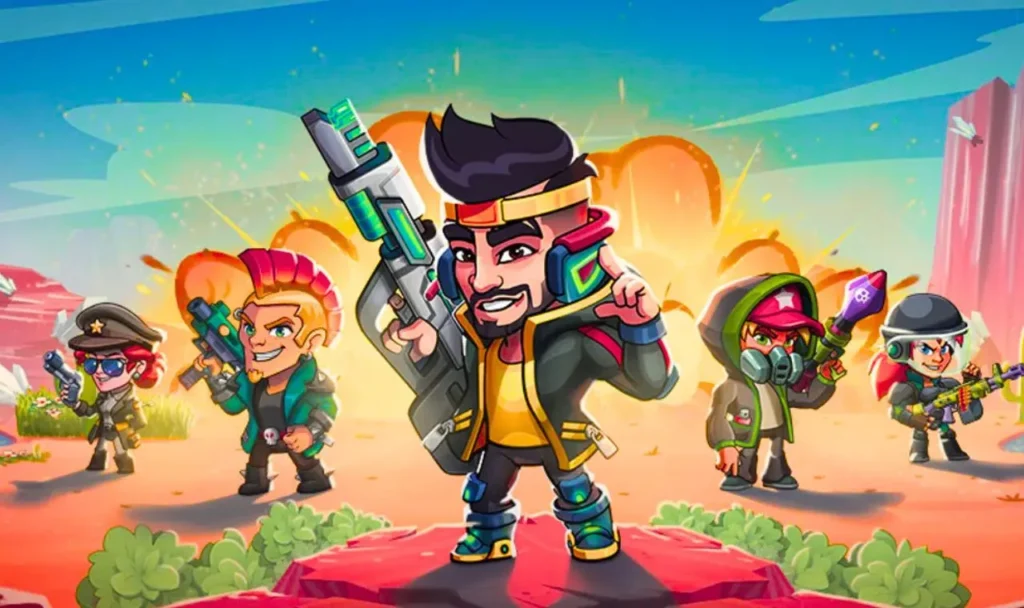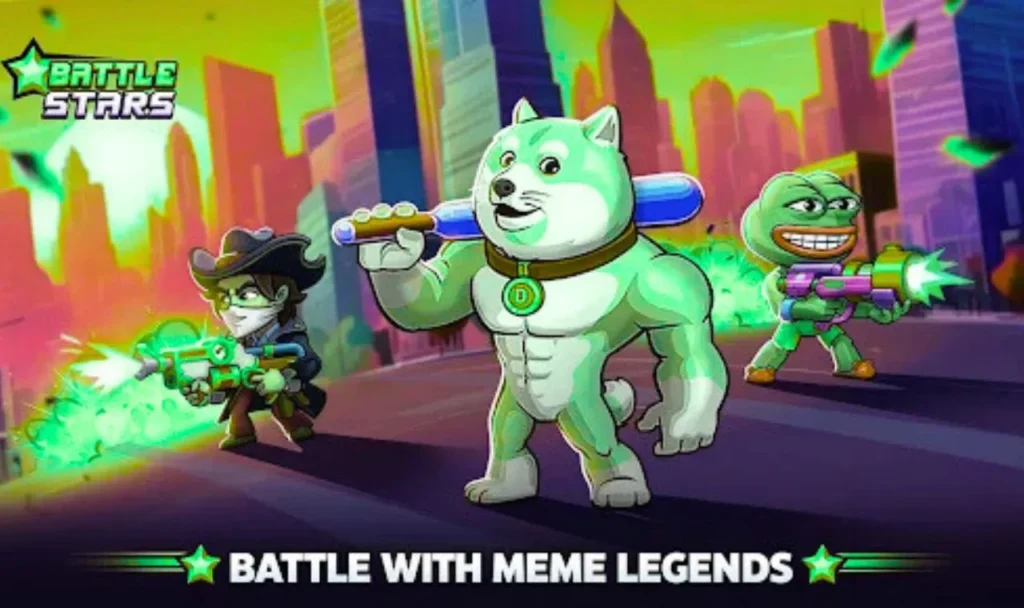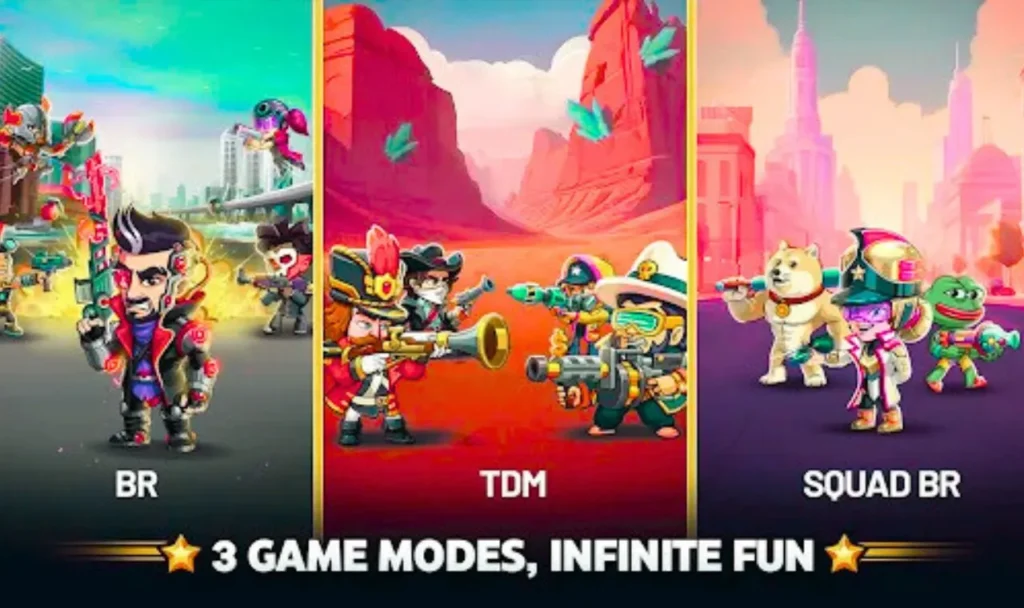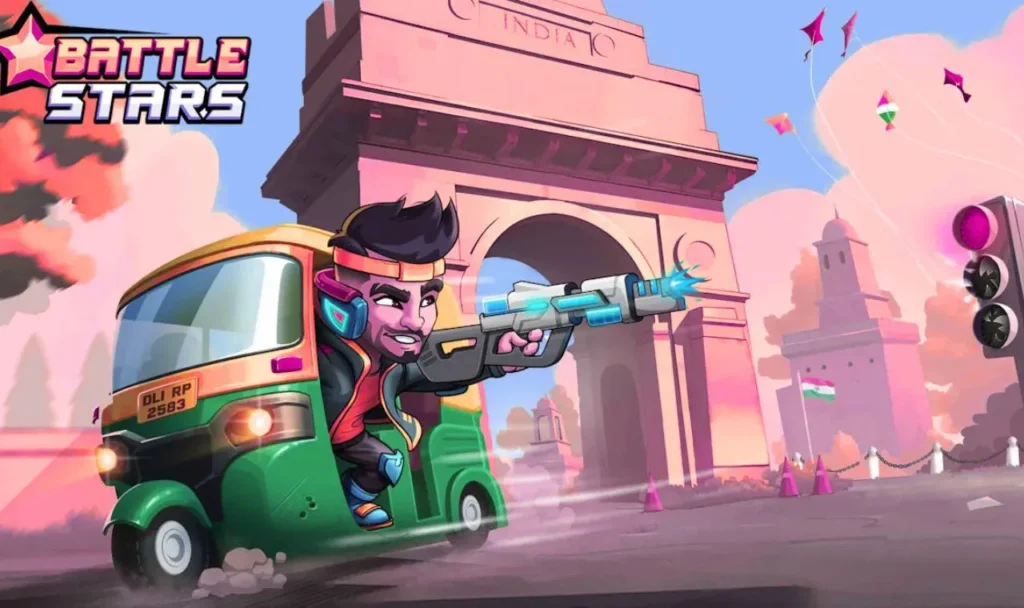Throughout human history, the pursuit of recognition and valor has created symbols that transcend generations — and among them, the Battle Star shines brightest. It represents bravery, honor, and the relentless human spirit to persevere against all odds. From the mighty decks of World War II battleships to the bold insignias of modern pop culture, the Battle Star has traveled far beyond its original military roots.
Initially introduced as a distinguished military honor, the Battle Star was awarded to soldiers, ships, and units that displayed courage in major combat operations. Each star symbolized participation in a campaign where duty and danger went hand in hand. But as decades passed, its influence stretched into new frontiers — becoming part of science fiction sagas like Battlestar Galactica and even inspiring achievement systems in popular video games like Fortnite.
Today, the Battle Star stands as a timeless emblem of achievement, dedication, and triumph, reflecting both real-world heroism and virtual victories. Whether engraved on a medal, displayed on a screen, or cherished in memory, it continues to celebrate the universal truth that courage, effort, and recognition are the true stars of human legacy.
Quick Reference Table – Battle Star at a Glance
| Category | Description |
| Origin | Military recognition for participation in combat |
| First Usage | World War II (U.S. Navy and Army) |
| Type | Award / Commendation |
| Symbolism | Bravery, service, participation |
| Pop Culture Usage | Battlestar Galactica (sci-fi series) |
| Gaming Usage | Fortnite Battle Stars (progress points) |
| Modern Meaning | Symbol of achievement and valor |
| Related Terms | Medal, campaign star, honor badge |
| Popular Media Reference | Battlestar Galactica (1978–2004) |
| Lasting Impact | Combines history, courage, and culture |
What Does the Battle Star Mean?

The Battle Star is more than just an insignia—it is a tangible acknowledgment of service and sacrifice. In the U.S. military, a Battle Star is awarded to ships, squadrons, or individual service members who participated in a recognized military engagement.
Each “star” signifies one specific campaign or battle. So, when you hear that a warship received five Battle Stars, it means it served with distinction in five major combat operations. These stars were proudly displayed on campaign ribbons or service medals, reminding future generations of the courage shown during those moments of history.
Beyond medals and ribbons, the Battle Star also carries emotional weight. For veterans, it’s not merely a decoration—it’s a story of survival, brotherhood, and duty fulfilled.
Historical Background – From World Wars to Modern Honors
The tradition of awarding the Battle Star began during World War II, when the United States sought a way to recognize participation in specific battles without creating a new medal for every single operation.
Ships and personnel who played active roles in major engagements—like the Battle of Midway, Normandy Invasion, or Philippine Sea—earned Battle Stars to mark their contributions. These stars appeared on existing campaign ribbons, such as the Asiatic-Pacific Campaign Medal or the European-African-Middle Eastern Campaign Medal.
After WWII, the concept continued through the Korean War, Vietnam War, and even into modern conflicts in the Middle East. It became a permanent part of military tradition, symbolizing both individual effort and collective valor.
Every Battle Star tells a story—a reminder that recognition isn’t just for victories, but for participation in the hardest moments of history, when courage mattered most.
Battle Star and Its Emotional Significance
Behind every star lies a personal narrative: a sailor who manned his post under fire, a pilot who returned against impossible odds, a ship’s crew that stood firm through enemy attacks. These moments define what a Battle Star truly means.
To veterans and their families, these stars become living memories. They connect generations, reminding us of the cost of freedom. The Battle Star, therefore, isn’t just a symbol of war—it’s a token of sacrifice and resilience, representing countless untold stories.
Battle Star in Pop Culture – The Rise of Battlestar Galactica
The phrase “Battle Star” took on a whole new life in the late 1970s, when it was reimagined for the realm of science fiction through the cult-classic television series Battlestar Galactica.
Battlestar Galactica (1978): The Beginning
Created by Glen A. Larson, the show premiered in 1978. It portrayed humanity’s last survivors fleeing from a robotic race known as the Cylons, aboard massive warships called Battlestars. The lead ship, Galactica, became a floating fortress—a space-borne equivalent of an aircraft carrier.
The series blended space adventure with philosophical questions about survival, faith, and humanity’s place in the universe.
The 2004 Reimagining: A Masterpiece of Modern Television
In 2004, the franchise was rebooted with a darker, more realistic tone. The new Battlestar Galactica became a global phenomenon, praised for its writing, acting, and moral depth. It addressed contemporary issues like war ethics, politics, artificial intelligence, and identity—all through the lens of interstellar conflict.
This version redefined science fiction television and gave the term “Battlestar” a permanent home in pop culture. It transformed the phrase from a military symbol to a metaphor for perseverance and leadership.
Battle Star in Gaming – The Digital Age of Achievement
In the 21st century, “Battle Star” made its way into the gaming world, symbolizing achievement and progress in virtual environments.
Fortnite and the Evolution of Battle Stars
In Fortnite, “Battle Stars” are used as part of the Battle Pass progression system. Players earn these stars by completing missions, leveling up, or achieving objectives. Each Battle Star can unlock cosmetic items, emotes, or character skins.
The logic behind this system mirrors the original spirit of the military Battle Star: reward effort, participation, and consistency. It encourages players to improve, not by chance, but by earned progress.
Gamification and Motivation
The use of “Battle Stars” in games also shows how human psychology connects reward with motivation. Just like soldiers cherish their campaign stars, gamers feel a sense of pride when earning virtual Battle Stars. It’s an evolved, digital form of recognition—less about survival, but still about achievement and identity.
Symbolism – The Power of Recognition and Achievement
At its core, the Battle Star symbolizes recognition—the universal human need to be seen and valued for one’s efforts. Whether carved on a military ribbon, displayed on a spaceship’s hull, or earned in a virtual arena, the star represents the same concept:
- Effort leads to honor.
- Courage deserves acknowledgment.
- Achievement connects generations.
This enduring symbolism explains why the term has thrived across time and media. It’s not confined to war—it’s about the human desire to rise, achieve, and be remembered.
Military Battle Star vs. Pop Culture Usage
| Aspect | Military Battle Star | Pop Culture Battle Star |
| Origin | WWII military award | TV and gaming adaptation |
| Purpose | Recognize combat participation | Entertainment and reward system |
| Symbolism | Valor, service, courage | Success, survival, strategy |
| Recognition | Official military commendation | Fictional or digital reward |
While their origins differ, both interpretations of the Battle Star share a deep connection to motivation and perseverance. One honors real bravery, the other celebrates imaginative heroism—but both inspire the same emotion: respect for those who strive and overcome.
The Modern Legacy of the Battle Star

In today’s world, the Battle’s Star transcends its initial meaning. It has become a symbol that blends the valor of the past with the innovation of the present.
Cultural Impact
From films and games to motivational quotes and merchandise, the Battle’s Star has become a metaphor for achievement. It often appears in logos, designs, and storytelling as a mark of excellence.
Personal Motivation
In personal development and leadership programs, the idea of “earning your Battle’s Stars” has become a phrase of empowerment—encouraging people to face challenges, overcome adversity, and celebrate every milestone.
Battle Star in the 21st Century – From Reality to Digital Recognition
The 21st century has turned the concept of the Battle’s Star into something even broader. Awards, badges, and virtual achievements now exist in almost every online platform—from e-learning sites to gaming ecosystems.
Social media influencers, fitness apps, and educational portals have adopted star-based systems to reward effort. Whether you finish a workout, complete a language course, or achieve a gaming milestone, you receive your own version of a “Battle’s Star.”
Future of the Battle Star – Where the Legacy Leads
The concept of the Battle’s Star isn’t fading — it’s evolving with time, technology, and imagination. What once began as a symbol of wartime valor is now shaping the future of digital recognition, education, and innovation. Below are 10 possible ways the legacy of the Battle’s Star may continue to shine:
- NFT Battle’s Stars: Future generations could own digital “Battle’s Stars” as NFT collectibles, each representing a unique milestone or heroic achievement in online or real-world endeavors.
- AI Recognition Systems: Artificial intelligence could issue automated Battle’s Stars to learners or professionals who master new skills, complete projects, or contribute to innovation.
- Virtual Reality Campaigns: VR training and gaming platforms may create immersive missions where participants earn Battle’s Stars for completing simulated challenges and leadership goals.
- Educational Platforms: Schools and online universities could introduce digital Battle’s Stars as a reward for academic excellence, creative thinking, or consistent learning engagement.
- Corporate Achievement Programs: Businesses may adopt Battle’s Star-style recognition to motivate employees, marking milestones like successful projects, teamwork, or innovation in the workplace.
- E-Sports and Gaming Expansion: In competitive gaming, Battle’s Stars could evolve into universal gaming badges representing ranks, achievements, or tournament victories across multiple titles.
- Social Media and Creator Awards: Content platforms might introduce creator Battle Stars for influencers or educators reaching impact milestones, reinforcing quality and authenticity online.
- Digital Heritage Archives: Museums or military databases could preserve interactive Battle Star records, allowing people to trace family or community histories through virtual archives.
- Community Recognition Systems: Volunteer and civic organizations could use Battle Stars as symbols of service, awarded for community impact, leadership, and humanitarian work.
- Global Symbol of Motivation: Ultimately, the Battle Star will continue to serve as a universal emblem of progress — celebrating courage, effort, and excellence across every domain of life.
FAQs
Q1. What is the Battle Star in the military?
Ans: The Battle’s Star is a military decoration awarded to U.S. Navy or Army units that took part in major combat operations. Each star represents a recognized campaign or battle, signifying active participation under wartime conditions. It is a mark of courage and contribution during key historical moments.
Q2. What is Battlestar Galactica related to the term Battle Star?
Ans: Battlestar Galactica is a science fiction television series where the term “Battlestar” refers to enormous space warships protecting the last survivors of humanity. The title draws from the same spirit of honor and defense seen in real-world Battle’s Stars, symbolizing survival and duty.
Q3. What are Battle Stars in Fortnite?
Ans: In Fortnite, Battle’s Stars function as reward points that players earn through gameplay and completing challenges. These points allow users to unlock cosmetic items, skins, and other Battle Pass rewards. They mirror the idea of recognition and progress in a modern, virtual format.
Q4. How did the Battle Star originate?
Ans: The Battle’s Star originated during World War II, introduced by the U.S. Navy and Army. It served as a practical way to acknowledge participation in combat campaigns without issuing new medals for each battle. Over time, it became a long-standing military honor symbolizing bravery and dedication.
Q5. What does Battle Star symbolize today?
Ans: Today, the Battle’s Star symbolizes achievement, resilience, and recognition across both real and digital worlds. Whether awarded for military service or used as a metaphor in gaming, it stands for persistence, effort, and the human will to excel under challenge.
Q6. Why is the Battle Star important in history?
Ans: The Battle’s Star holds deep historical importance because it honors those who risked their lives in critical battles. It preserves the memory of courage across generations, reminding societies that freedom and victory are built on bravery and sacrifice.
Q7. How has the Battle Star influenced modern culture?
Ans: The concept of the Battle Star has influenced modern entertainment, gaming, and motivation systems. From Battlestar Galactica to Fortnite and even corporate reward models, it represents excellence and accomplishment, showing how timeless symbols evolve with human creativity.
Final Thoughts – The Enduring Spirit of the Battle Star

The Battle Star stands at the crossroads of history, imagination, and achievement. It began as a simple mark of military participation but evolved into a global icon of perseverance and pride.
From soldiers who fought for freedom to gamers achieving virtual glory, the Battle Star remains a reminder that effort deserves recognition. It links generations, mediums, and meanings—binding courage with creativity.
Battle Star is waiting to be earned. Whether you’re defending your country, creating art, or leveling up in a game, the spirit of the Battle Star whispers the same message: you’ve fought your battle, and you’ve earned your star.

